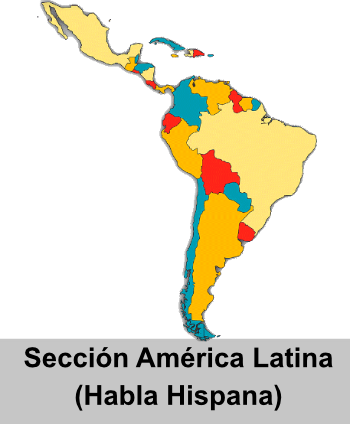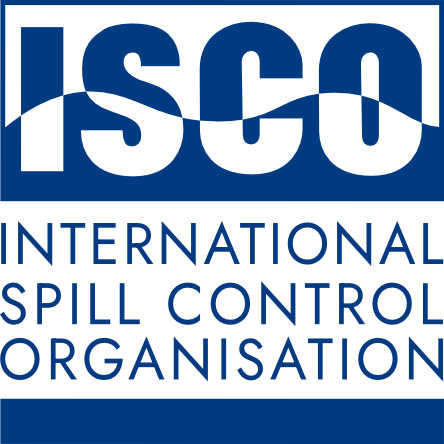Wilson R.R., French-McCay D.P., Perham C., Woodruff S.P., Atwood T.C., Durner G.M. (2024) Biological Conservation, 292, art. no. 110558, DOI: 10.1016/j.biocon.2024.110558
ABSTRACT: Demand for oil and natural gas continues to increase, leading to the development of remote regions where it is riskier to operate. Many of these regions have had limited development, so understanding potential impacts to wildlife could inform management decisions. In 2017, the United States passed legislation allowing oil and gas development in the coastal plain of the Arctic National Wildlife Refuge in northeastern Alaska. This area has received limited industrial development and is an important region for polar bears that use the coastline as a travel corridor in autumn. We sought to understand how an autumn near-shore oil spill in the Refuge could affect polar bears. We simulated oil spills from shallow sub-sea pipelines at 3 locations along the coastline of the Refuge and allowed spills to discharge 4800 barrels of oil per day for 6 days, and tracked oil for 50 days. We interacted the trajectories with simulated polar bear movements to estimate how many bears might be exposed. Oil spread quickly along the coastline and during some weeks exposed an average of 10 bears (95 % CI: 0–37) to lethal levels of oil, and 60 (95 % CI: 9–120) to sub-lethal levels. Our results suggest a significant number of polar bears could become oiled from a spill in the region and require decontamination. Therefore, future mitigation strategies could include careful siting of future development and additional capacity to capture and decontaminate bears in the event of an oil spill.





